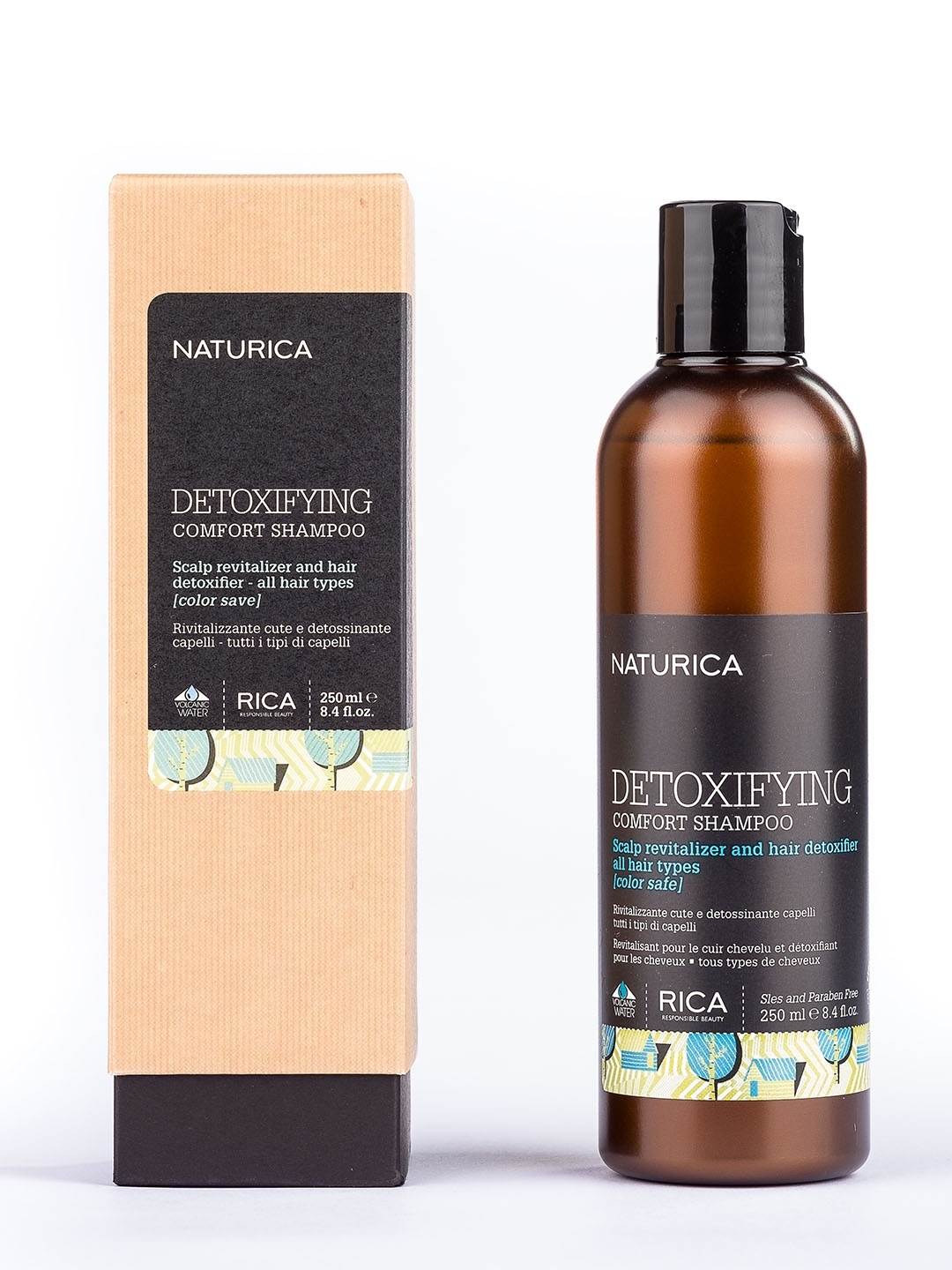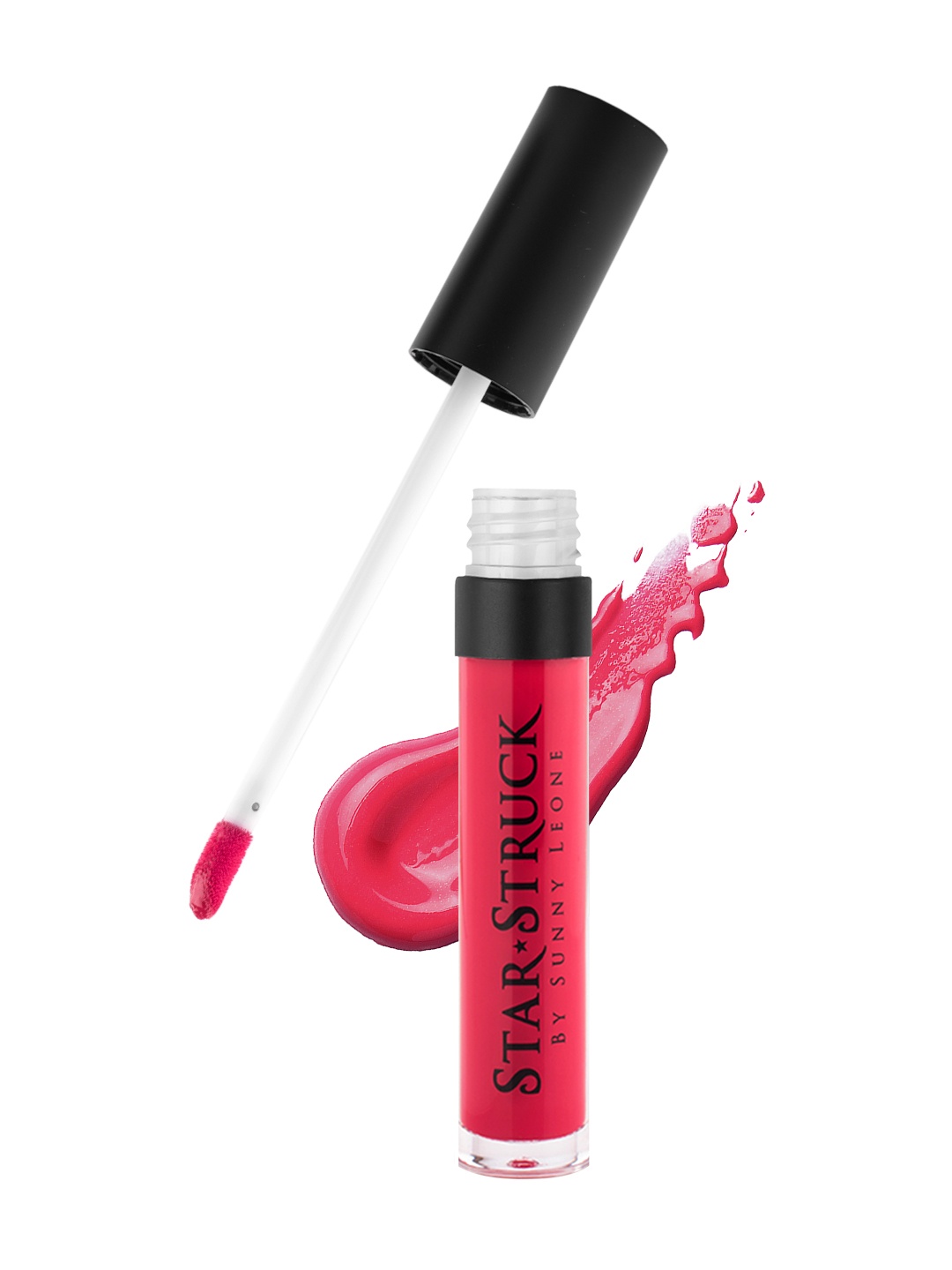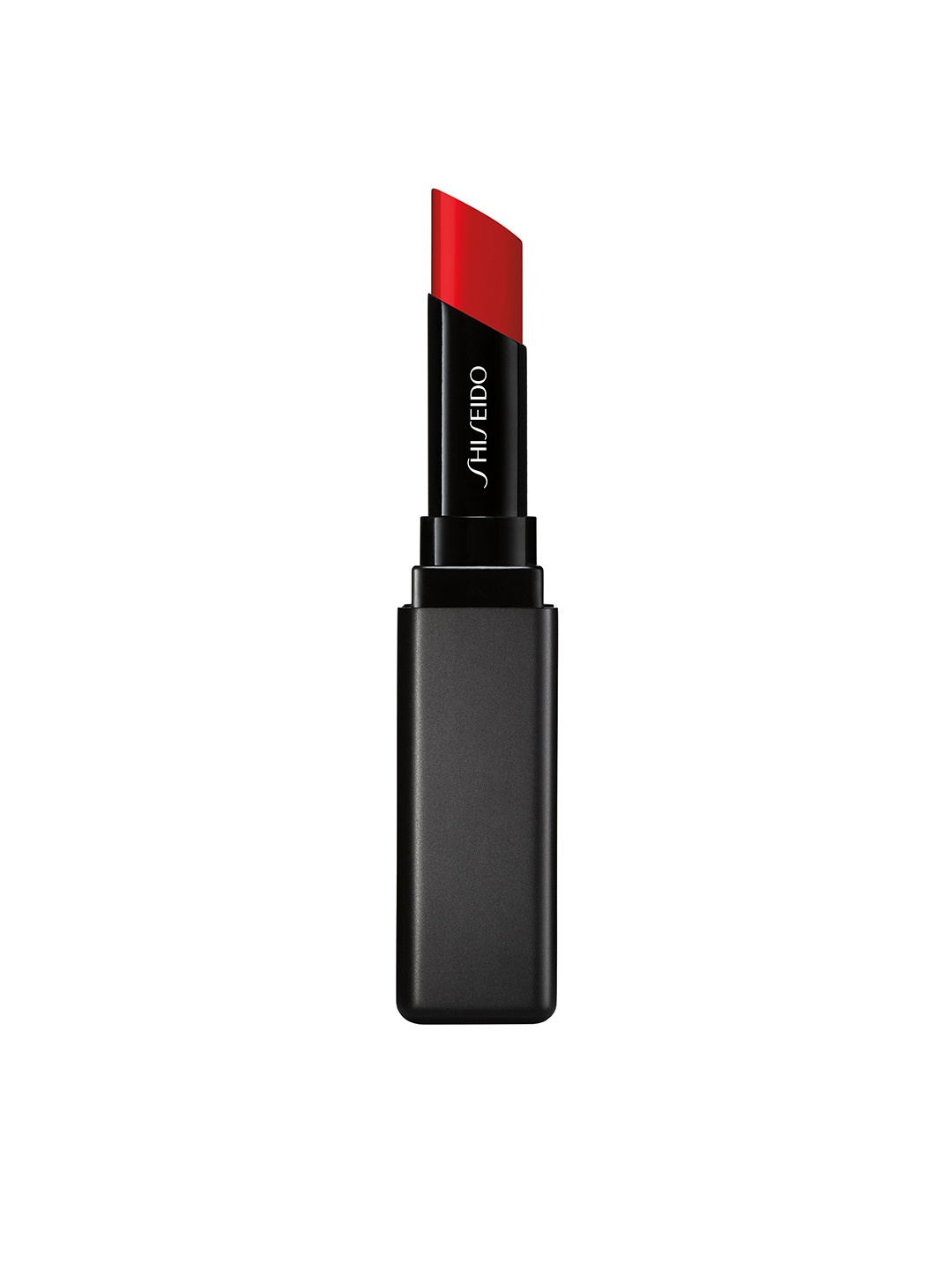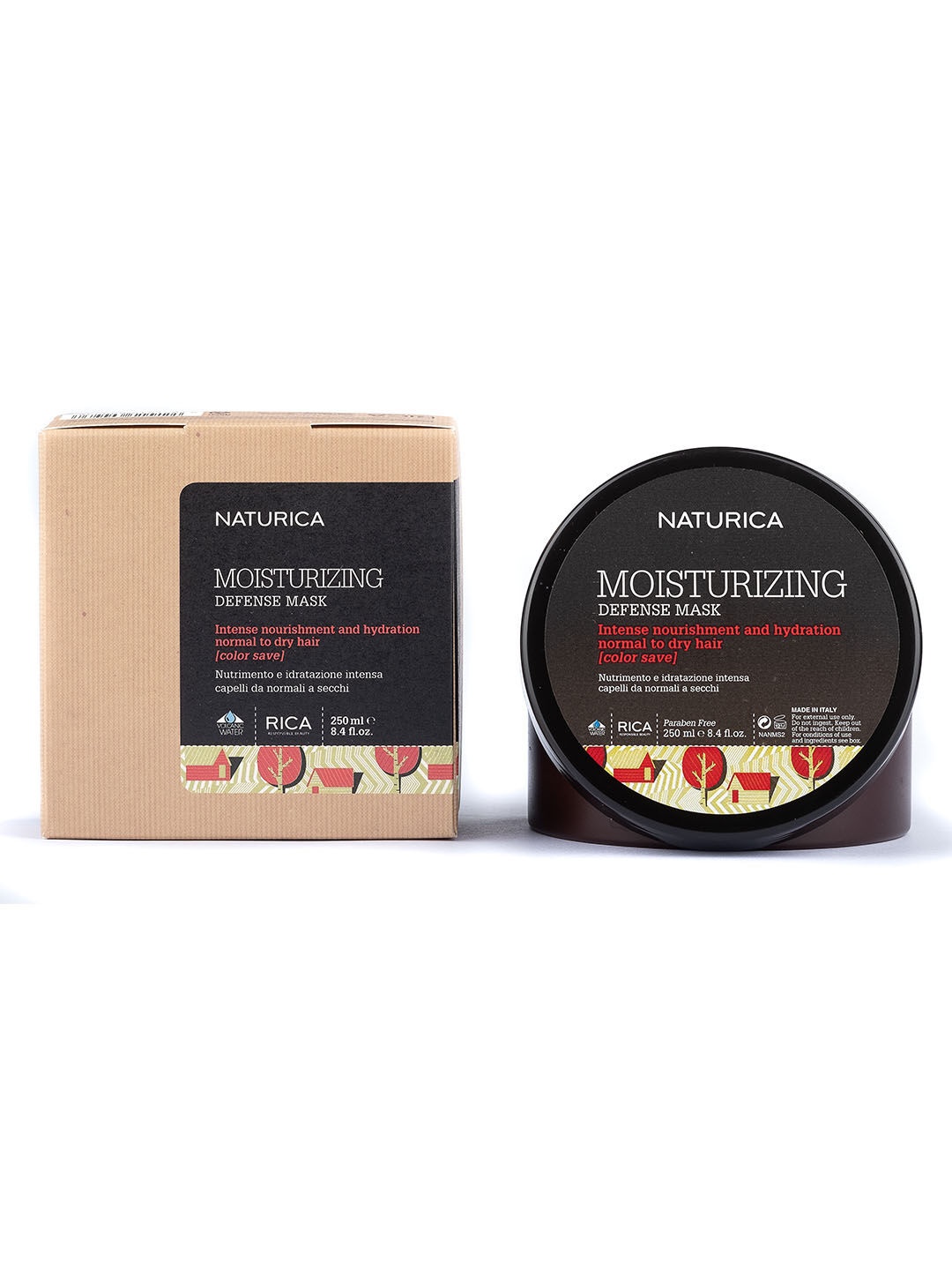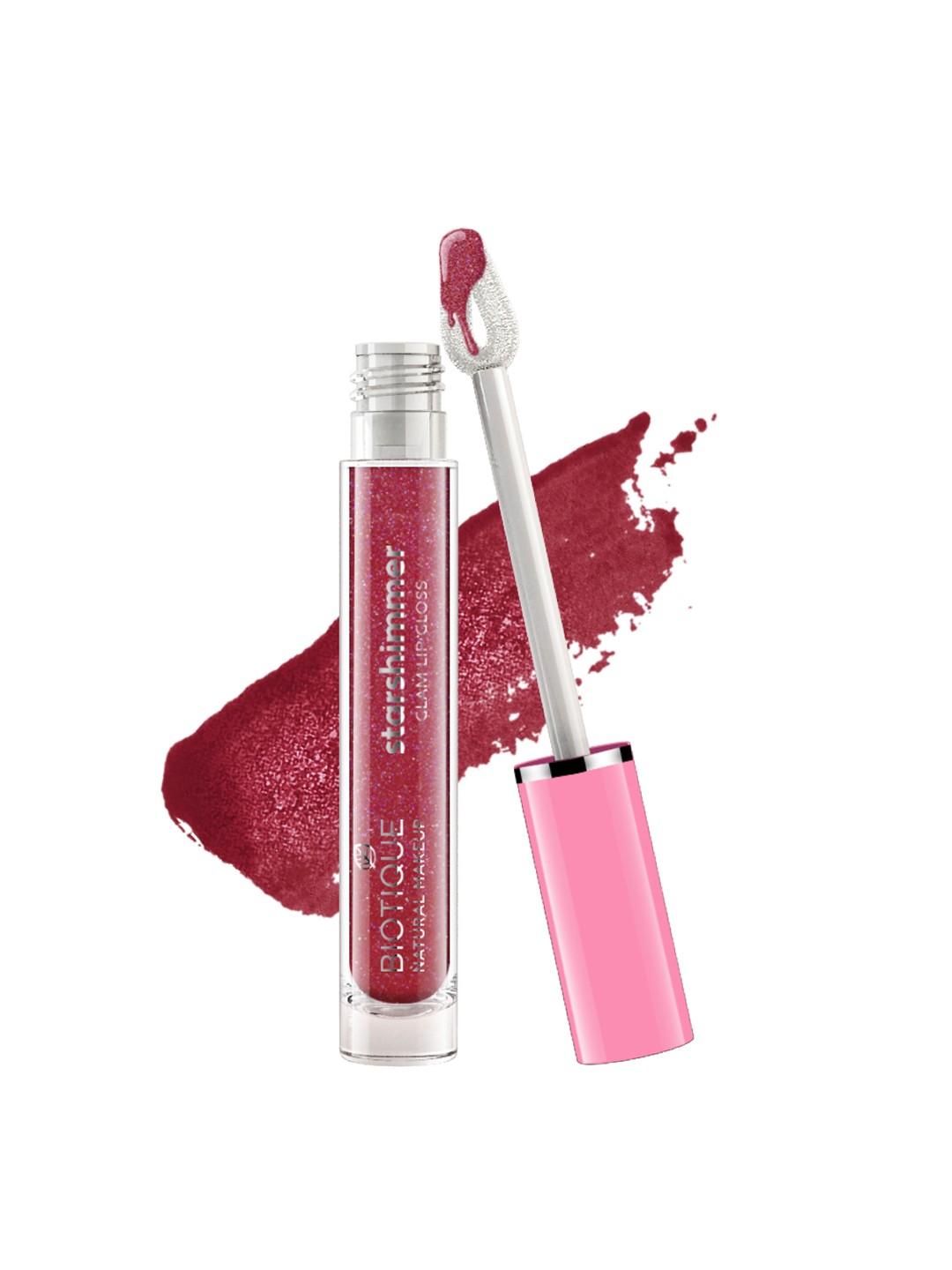Should You Oil Hair During The Monsoon? Explore The Truth About Humidity And Your Scalp
Think hair oiling is a monsoon no-no? Think again! Here's the truth about greasiness, frizz, and fungal fears when the clouds roll in, explained with clarity and care.

Hair Oil In Monsoon: Myths, Truths, And Tips
The monsoon season brings relief from heat but also introduces high humidity levels that affect hair health. Many experience frizz, scalp irritation, and increased hair fall during this time. These issues often lead to confusion about whether hair oiling is beneficial or harmful in such conditions. Understanding how humidity interacts with scalp health is essential for making informed choices about hair care routines. Hair oiling has long been considered a nourishing practice, but its effectiveness during the monsoon depends on several factors. The type of oil, frequency of application, and scalp condition all play a role in determining whether oiling helps or harms. Learn the science and practical considerations behind monsoon hair oiling, offering guidance for maintaining healthy hair despite the seasonal challenges.

Oils help lock in moisture and prevent frizz caused by humidity; Photo Credit: Pexels
The Truth About Humidity And Your Scalp
Humidity increases perspiration, which can make the scalp feel sticky and uncomfortable. This often leads to the misconception that oiling should be avoided entirely. However, skipping oiling can result in dryness and imbalance, especially when hair is washed frequently due to exposure to rainwater. A clean scalp paired with a light oil massage can help maintain hydration and protect against environmental damage. The goal is not to eliminate oiling but to adapt it to suit the season's conditions. Proper oiling can support scalp health and reduce the impact of humidity-related stress on hair follicles.
Choosing The Right Oil For Monsoon Weather
Selecting an appropriate oil is crucial during the monsoon. Heavy oils such as castor or mustard may clog pores and exacerbate scalp issues. Lightweight oils like almond, coconut, and argan are more suitable as they absorb quickly and provide essential nutrients without leaving a greasy residue. Coconut oil contains lauric acid, which has antimicrobial properties that help prevent dandruff. Almond oil is rich in vitamin E and supports hair strength. Argan oil offers conditioning benefits and helps manage frizz. Using oils with beneficial properties tailored to the season can improve hair texture and reduce breakage.

Hair oil replenishes nutrients lost due to frequent washing and exposure to rainwater; Photo Credit: Pexels
How Long Should You Keep Oil On During Monsoon?
Extended oiling sessions are not recommended during the monsoon due to increased moisture and sweat. Leaving oil on overnight can trap humidity and create conditions conducive to fungal growth. A more effective approach is to apply oil one to two hours before washing your hair. This allows the scalp to absorb nutrients while minimising the risk of buildup. A gentle massage enhances circulation and improves absorption. Washing the hair with a mild shampoo afterwards ensures cleanliness and prevents residue accumulation. Shorter oiling durations are safer and more beneficial during humid weather.
Also Read: Hair Serum Vs Hair Oil Explained: Read Benefits, Application, And More
The Role Of Hair Washing In Monsoon Oiling Routine
Frequent hair washing becomes necessary during the monsoon, especially after exposure to rain. Rainwater may contain pollutants and acidic elements that can irritate the scalp. Oiling before washing acts as a protective layer, reducing the impact of harsh water and cleansing agents. It also helps detangle hair and prevent breakage. Using a sulphate-free shampoo ensures that the scalp remains clean without stripping away natural oils. Following up with a conditioner helps retain moisture. A balanced routine of oiling and washing supports scalp health and maintains hair strength throughout the season.

A light layer of oil can shield hair from pollutants and acidic rainwater; Photo Credit: Pexels
Common Mistakes To Avoid While Oiling In Monsoon
Applying oil to a dirty or sweaty scalp is a common mistake that can lead to infections and irritation. Another error is using excessive amounts of oil, which can attract dust and pollutants, making hair appear limp and greasy. Tying hair tightly after oiling may weaken the roots and cause breakage. It is also important not to skip washing after oiling, as leaving oil on for too long can result in clogged pores and scalp discomfort. Avoiding these mistakes ensures that oiling remains a beneficial part of your hair care routine during the monsoon.
Products Related To This Article
1. Cold Pressed Rosemary Cool Mint Hair Oil for Hair Growth Non-Greasy
2. Treatment Original Hair Oil
3. Rosemary Lavender Hair Growth Oil for Hair Fall
4. 100% Pure & Natural Rosemary Essential Hair Oil
5. Brahmi Amla Hair Oil
6. Bringadi Thailam Intensive Hair Oil
7. Keshpallav Hair Oil
8. Cold-Pressed Extra Virgin Coconut Hair Oil
9. No. 7 Bonding Hair Oil To Boost Shine & Strength
10. 21 Tatva Fortifying Hair Oil Growth & Strengthens
Hair oiling during the monsoon can be a valuable part of your hair care regimen when done correctly. By choosing lightweight oils, applying them to a clean scalp, and limiting the duration before washing, you can maintain healthy hair despite the challenges posed by humidity. Understanding the interaction between oil, moisture, and scalp health allows for informed decisions that support long-term hair wellness. Rather than abandoning oiling altogether, adapting your approach to suit seasonal conditions can help you achieve stronger, more manageable hair throughout the rainy months. Shop now!
Frequently Asked Questions (FAQs)
Q1. Can I Use Hair Oil Every Day During Monsoon?
Using hair oil daily during the monsoon is not recommended. Two to three times a week is sufficient to maintain nourishment without causing buildup or scalp discomfort.
Q2. What Is The Best Time To Apply Hair Oil In Humid Weather?
The ideal time to apply hair oil is one to two hours before washing your hair. This allows for nutrient absorption while avoiding the risks associated with prolonged oil exposure.
Q3. Should I Oil My Hair If I Got Wet In The Rain?
It is best to wait until your hair is dry and clean before applying oil. Oiling wet or dirty hair can trap moisture and lead to scalp irritation or fungal growth.
Q4. Can Hair Oil Help With Monsoon Frizz?
Yes, lightweight oils can help manage frizz by sealing moisture into the hair shaft. They also provide a protective barrier against humidity-induced swelling of hair strands.
Q5. Is It Safe To Use Herbal Oils During Monsoon?
Herbal oils are generally safe if they are lightweight and free from heavy residues. Always perform a patch test before using a new oil to ensure compatibility with your scalp.
Disclaimer: The images used in this article are for illustration purpose only. They may not be an exact representation of the products, categories and brands listed in this article.








